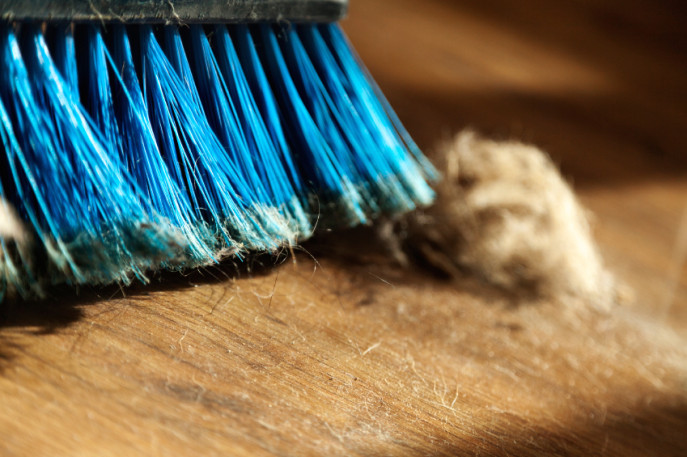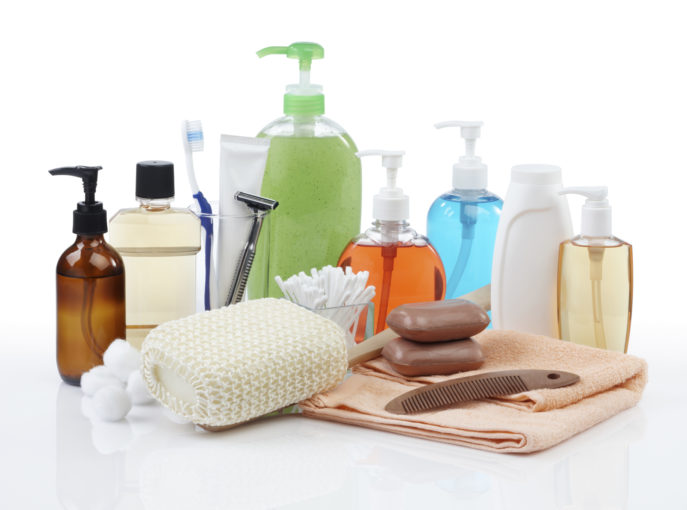
Whenever we sit down, to work, to eat, to meet with others, or to relax, we don’t tend to think much about what we’re sitting on. A sofa or a chair or an ottoman all have been engineered for our comfort over the years, with fabric, foam filling, and a sturdy structure to support our bodies as we rest. And since 1975, according to the Green Science Policy Institute, upholstered furniture has been designed for our (supposed) safety as well, with the introduction of flame retardant chemicals.

The chemicals intended to keep our homes from going up in flames have been linked to cancer, neurological defects, developmental problems, and impaired fertility. Manufacturers first began adding fire retardants to furniture due to a California law that required foam cushions to withstand a candlelike flame for 12 seconds. A now defunct group known as Citizens for Fire Safety, led by chemical manufacturers, was instrumental in getting the law passed, according to a Chicago Tribune article. (Read it here.)

In 2004, the Environmental Working Group (EWG) warned of high levels of toxic fire retardants found in house dust, in every single home sampled. The average level of brominated fire retardants measured in dust was more than 4,600 parts per billion (ppb). Like PCBS, the fire retardants known as PBDEs (polybrominated biphenyl ethers) are persistent in the environment and build up in people’s bodies over a lifetime. In minute doses they impair attention, learning, memory and behavior in animals.

Recently the EWG released a new study done with Duke University, where they found evidence of exposure to a cancer-causing fire retardant, TDCIPP, in the bodies of all 22 mothers and 26 children tested. The children had an average of nearly five times as much as the mothers of a chemical formed when TDCIPP breaks down in the body.

I’ve shared my concerns about chemically laden upholstered furniture before. In addition to PBDEs, your furniture likely contains formaldehyde, polyurethane and dioxins. All of these toxins infiltrate your home and the air you breathe through “offgassing,” the release of chemicals into the air through evaporation.
Today, we can choose soy-based versus foam cushions, recycled filling for pillows, water based stains and organic upholstery fabric.
In addition, the EWG shares these tips:
- Do your homework before buying baby products. Many kinds of baby products still use harmful chemicals. Find out before you buy.
- When buying a new sofa, choose one made without fire retardants. New regulations make it much easier for furniture manufacturers to sell products that have not been saturated with chemicals. Contact the manufacturer to ask if fire retardants are in its furniture.
- Want to reupholster your sofa? Replace the foam, too. The old foam likely contains fire retardants. Ask your upholstery shop to find retardant free foam, or choose an organic filling.
- Inspect foam cushioning for damage. Exposed foam can cause fire retardant chemicals to leach out more quickly. Items such as car seats and mattress pads should always be completely encased in protective fabric.
- Use a vacuum fitted with a HEPA filter. These vacuums will remove more contaminants and allergens from your home.
- Be careful when removing old carpeting. The padding is typically made of scrap foam that contains fire retardants. Old carpet padding can become somewhat pulverized by the time it is exposed for replacement. Isolate the work area from the rest of your home.
There’s a petition to the Consumer Product Safety Commission asking for national furniture flammability standards that do not encourage or require fire retardants. Find it here, and get toxic chemicals out of our couches!













